
Residencies and future cosmopolitics
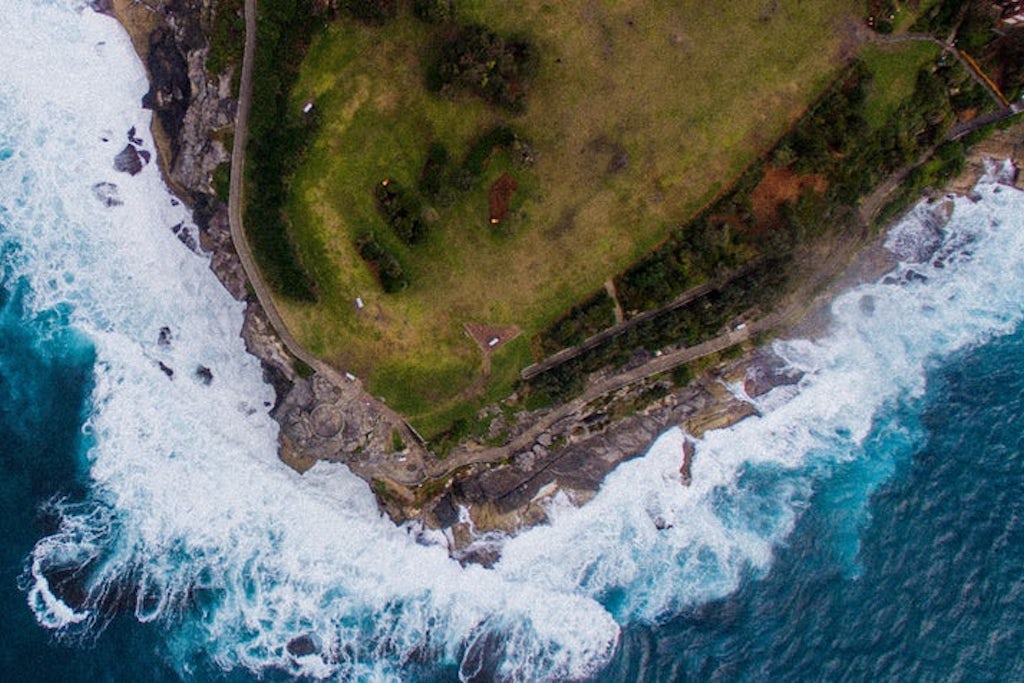
Keynote by Taru Elfving about several renowned residencies: HIAP in Helsinki, Wysing Arts Centre in South Cambridgeshire (UK), Triangle in New York (USA), SOMA in Mexico City, Ashkal Alwan in Beirut, MIT in Massachussetts, FOGO Islands Arts in Canada, RØST AIR in Lofoten, Artists At RISK.
Residencies for artists and curators have gained increasing significance within the ecosystem of contemporary art in the recent years as crucial nodes in international circulation and career development, but also as invaluable infrastructures for critical reflection, cross-cultural collaboration, interdisciplinary knowledge production, and site-specific research. Meanwhile the ongoing processes of wider societal changes – economic and geopolitical pressures as well as the impact of ecological and humanitarian urgencies – are affecting the arts, professional practices and mobility in ways that raise ever more acute questions concerning sustainability and access. The presentation aims at tracing out these complex coordinates of residencies and their potential today: How can residencies offer safe spaces and escape routes as temporary retreats from political tensions, market forces, or patterns of thought? How do they foster transformative encounters between practices, people and places across diverse boundaries? What is the impact and value of travel beyond network opportunities, and how do residencies nurture this amidst all the global acceleration? Moreover, can residencies work towards new cosmopolitics for tomorrow?
How can residencies offer safe spaces and escape routes as temporary retreats from political tensions, market forces, or patterns of thought?
Residencies as islands
Thinking about artist residencies today, I would like to start from an island. Specifically, I would like to ground my thoughts on residencies as arising largely out of the island of Suomenlinna in Helsinki, Finland, where the residency centre HIAP (Helsinki International Artist Programme) is located. Initially I collaborated with HIAP on a number of independent curatorial projects.[i] I found that residencies were the most hospitable frameworks for research-based artistic and curatorial initiatives, where the outcomes were not so easily identified as driving the process, while coming together at a specific site was what mattered. I ended up working at HIAP as Programme Director (2012-13) and have continued close collaborations in my current role at Frame Contemporary Art Finland. We host together annual curatorial residencies and, amongst others, co-organised a symposium on residencies in November 2016.[ii] I am also involved in the EU-funded project Frontiers in Retreat, which I initiated while at HIAP.[iii]
Through many years and diverse projects, this particular island has proven to me to be an extremely resonant site for thinking about and working within the present, towards the future. As a military fortress Suomenlinna carries sediments of Russian and, prior to that, Swedish colonial rule as well as the more invisible traces of the trauma of the civil war at the beginning of Finland’s independence 100 years ago, when it served for a moment as a prison camp. The island is listed as a Unesco World Heritage site and flooded with increasing numbers of tourists during the summer months. Meanwhile it is a living part of the city, with approximately 800 permanent inhabitants, 15 minutes ferry ride from the heart of Helsinki.
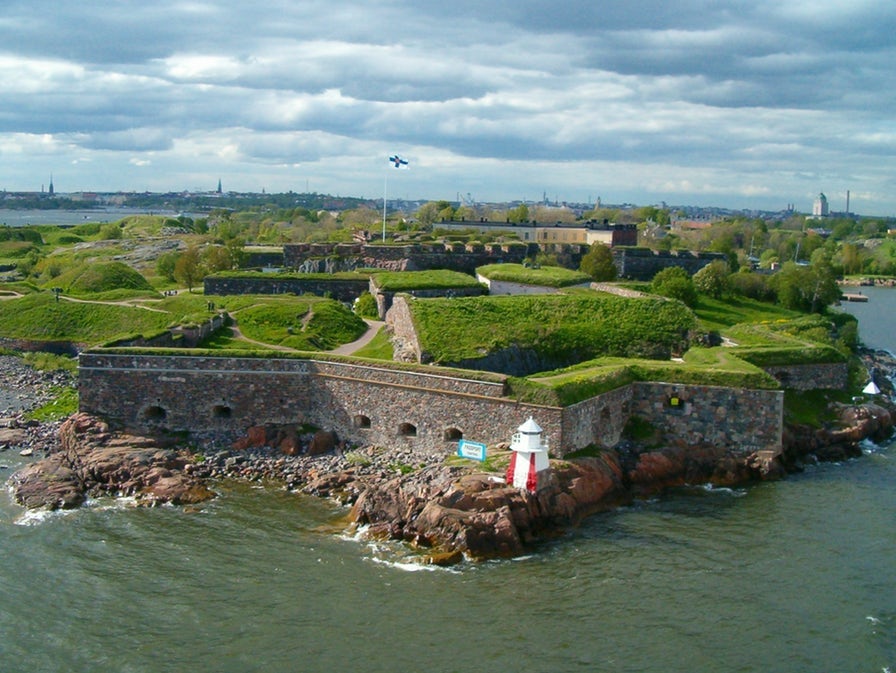
The ecology of Suomenlinna is also highly particular: It looks out to the open Baltic Sea, often called the most polluted sea in the world. The flora on the island is rather unique in the region thanks to the centuries of cultural migrations as part of the two historical empires. The windswept landscape of the island is thoroughly man-made, perforated by bunkers and lined with grass-covered old walls. Today the island is suffering from erosion, due to the herds of tourists as well as the cruise ships brushing by daily.
This particular island is, therefore, much like so many others and allows insight into both the problematics and potentialities of residencies: Detached yet close to the city it is ideal for retreats, offering focused time and space for critical reflection. It offers also a rich terrain for site-specific investigations, yet demands committed sensitivity to local environment and community. It, moreover, raises acute questions concerning community – nurturing formation of a temporary community of artists-in-residence, while highlighting the challenges in engaging with the local art scene and its different temporality. As its own island, in multiple senses of the term, it is simultaneously a node of an international artist community, while loosely connected to the local arts. The growing pressures of audience development raise further questions regarding who and how should the work within the residencies made public.
Detached yet close to the city it is ideal for retreats, offering focused time and space for critical reflection.
Starting from this island I would like to think about residencies as temporary retreats with all the dilemmas that arise from this. Residencies are removed to an extent from not only the everyday of the artist’s practice, community and context, but also their usual art world structures and discourses, hierarchies and histories. They can offer momentary retreats from processes of production – not only within the art market, but also institutions and biennials, private and public commissions, or discursive participation. They can, furthermore, provide platforms for modes of learning and research outside of the academic frameworks.
Meanwhile residencies remain connected through diverse flows: First of all, work for elsewhere, deadlines and new opportunities follow us around the globe. Residencies are also plugged into the intensified international art world circulation today that has led to its discourse and community to be always simultaneously everywhere and nowhere. Residency programmes often focus on mediating professional dialogue and public engagement with the local scene and audiences in diverse ways. And last but not least, the ecological impact of travel – locally and on a planetary scale – can no longer be ignored.
There appears to be no escape in this age of omnipotent “action at a distance” – whether understood in terms of online networks or in terms of unequally and unpredictably distributed effects of climate change. Residencies find themselves today, therefore, located at the intersections of the unsettled dichotomies of private and public, home and elsewhere, temporary and permanent.

Role of residencies
The core role of residencies has traditionally been and continues to be to support artistic development. What this means in practice ranges from loosely structured individual residencies (from a few weeks to several months long) to 1-2 year non-academic post-graduate programmes and, for example, short intensive thematic group residencies. These models are interwoven with diverse aims and functions in different contexts. Without more in-depth discussion for now, I briefly touch upon a few examples that I am familiar with through collaborations or recent research:
Many artist residencies are connected to artists’ studios and foster the dialogue with local artist community through shared spaces and/or curated programmes. Wysing Arts Centre near Cambridge, UK, is clear in its commitment to transdisciplinary and performative practices that are not so well supported in the largely market-driven art scene in London. They are known for their thematic annual programmes and intensives that bring practices together. Another residency following resonant ethos is Triangle Arts in New York, built on a significant history – initiated by an artist-collective to nurture experimentation and global connections, it grew into a world-wide Triangle network of residencies. SOMA in Mexico City, then again, is an example of an alternative artist-run art school that also incorporates residencies. Ashkal Alwan in Beirut has in similar ways connected residencies into its exhibition, discursive and educational programme that has been integral in the development of the city’s now very dynamic international art scene.
Larger institutions also incorporate residencies in their activities: Museums are investing in residencies, for example in connection to longer-term community or research projects. Art & Science residencies are thriving in universities, such as MIT, but also hosted by interdisciplinary research institutes such as the British station in the Antarctica. Privately funded initiatives are also gaining increased presence, such as Fogo Island in a far-flung corner of Canada, which has become highly visible with its combination of artist residencies, architecture, high-end tourism and investment in the local economy. In comparison, there is a growing number of new artist-run, remote residencies committed to eco-critical thought and practices, such as Røst in the Lofoten islands in Norway. While as a response to the ever-more acute humanitarian urgencies and the deepening geopolitical as well as ecological crises, residencies are now also developed with a focus on offering safe havens for artists threatened by political persecution, such as the Artists at Risk network.
While residencies are paying more and more attention to their role within the wider ecosystem of the arts and are responding to the societal changes affecting artists today, they are also entangled in complex ways in the increasing pressures on financially precarious artists and curators.
While residencies are paying more and more attention to their role within the wider ecosystem of the arts and are responding to the societal changes affecting artists today, they are also entangled in complex ways in the increasing pressures on financially precarious artists and curators. Residencies are integral in the international network and career development, which is characterised by the so-called “residency hopping” – a stage in professional development that borders on a nomadic life style and impacts both artistic discourse and practices in numerous ways. Yet, the other side of the coin reveals that residencies are not simply a privilege, and not always a retreat, but also a significant part of contemporary survival strategies in the arts – offering short-term grants, studios and even accommodation. In this accelerated circulation, we may also ask, whether residencies in the end reinforce individualism, thus being in line with much of the art world structures and economy built on individual careers and names. Could they be isolating practitioners while aiming to bring them together? And feeding competition – from one open call to the next – even while encouraging sharing and critical reflection? What does it take to nurture collectivity within the structures that allow and encourage us to be mobile in the present?
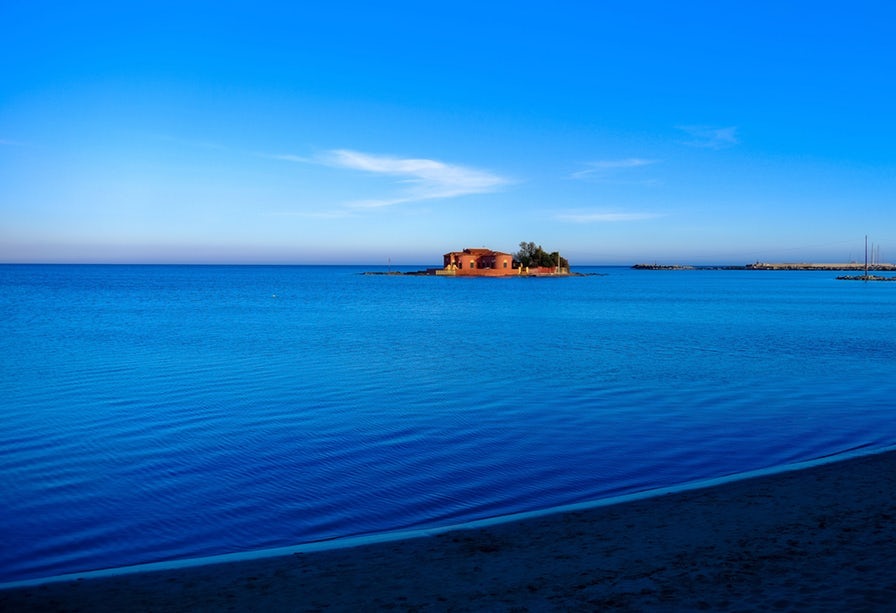
Mobility – myths and materialities
As a frightening and fast growing number of people are today in favour of building walls, it is urgent to argue for the importance – or indeed necessity – of mobility. But the surge in populist politics adds to the challenges faced in this task in complex ways. The age of innocence is over concerning international mobility, even for us here in Europe.
The end of the last EU Culture Programme in 2013 signalled the end of an era, where mobility was valued in the name of intercultural and transnational exchange. This era may well have been driven simultaneously by idealistic impulses, diplomatic soft power and the realpolitik of building Fortress Europe, but there are reasons to insist on the need to revisit these ideals today. As the name of the Creative Europe programme that followed spells out, economic impact is what counts now. The tendency to quantify the benefits of mobility in terms of profit and the related pressures to measure impact, productivity, and applicability are extremely problematic in the arts. However, mobility can no longer be embraced uncritically even though we need to make ever-stronger arguments for its necessity.
All modes of cultural exchange and artistic explorations are entangled in the complex mesh of geopolitical and economic power relations. They have always been, yet today it is not just naive but frankly irresponsible to ignore that. What does it mean to be mobile at the time of enforced migrations, reinforced borders, growing xenophobia, escalating climate crisis, and mass extinctions? EU funding is of course only one instrument for supporting international mobility, but it draws into focus the need to reflect more closely on the terms of our travel today: Who has access to global circulation? How and what processes of value production does it take part in? Who and what do travel and, for example, ‘networking’ actually serve? What is the cost of being on the move – ecologically, socially, personally, intellectually? When and how can travel be considered sustainable?
The tendency to quantify the benefits of mobility in terms of profit and the related pressures to measure impact, productivity, and applicability are extremely problematic in the arts. However, mobility can no longer be embraced uncritically even though we need to make ever-stronger arguments for its necessity.
Three ecologies
Sustainability needs to be addressed today in broader terms than carbon footprint: In order to make sense of the potential and challenges of mobility in the arts today, it is necessary to reflect on how ecological questions are interconnected with economy and geopolitics, as well as cultural and knowledge production. Our work as professionals in the arts is entangled in this web in numerous different ways. As the recent political events have made clear, there are undeniable connections between neoliberal austerity politics, growing inequality and rise of populist nationalism. But this also unveils the legacies of colonialism in global capitalism and the interrelations between racism, sexism, and “extractivism” – the instrumentalised approach to both natural and human resources. How the financialisation of culture and the new forms of precarity entwine with all of this, concern us in the arts deeply.
Who can travel? Who can choose to not travel? For what reasons, by what means, with what cost? This all has to do with access – to movement across geopolitical borders, to material resources as well as knowledge and discourse, to funds and support structures, to time and space. The increasing inequality of access has become obvious also within Europe, but it is amplified manifold in the global circulation.
The calls for intersectional solidarity between various histories and forms of oppression, and for awareness of their interconnections, are urgent within the arts today (e.g. Demos 2016). Felix Guattari’s call for a transversal understanding of ecology remains highly relevant here too:
“Now more than ever, nature cannot be separated from culture; in order to comprehend the interactions between ecosystems, the mechanosphere and the social and individual Universes of reference, we must learn to think ‘transversally’. Just as the monstrous and mutant algae invade the lagoon of Venice, so our television screens are populated, saturated, by ‘degenerate’ images and statements. In the field of social ecology, men like Donald Trump are permitted to proliferate freely, like another species of algae, taking over entire districts of New York and Atlantic City; he ‘redevelops’ by raising rents, thereby driving out tens of thousands of poor families, most of whom are condemned to homelessness, becoming the equivalent of dead fish of environmental ecology.”
Guattari 2000
Although this quote may appear somewhat unfair for the algae in the light of recent political events, it remains hauntingly apt. Moreover, it is quite impossible to not see the implication of the arts in these processes mapped out by Guattari originally already in 1989. He defined three entwined ecological registers that all need to be addressed – the environment, the social, and the mental. To address these three ecological registers demands that we consider the complex interrelated processes and impacts of our work within the arts: How the knowledge and value produced in and through our work reinforce or challenge the unsustainable structures that permeate the society today? What processes do our practices participate in or contribute to – in terms of their environmental impacts, but also power relations in our communities and modes of communication, and in terms of their subjective affects?
To critically consider all of this is no mean feat to accomplish, especially when stuck in the midst of accelerated production driven today by what has been called survivalism. This is where my enthusiasm for slowing down comes in.
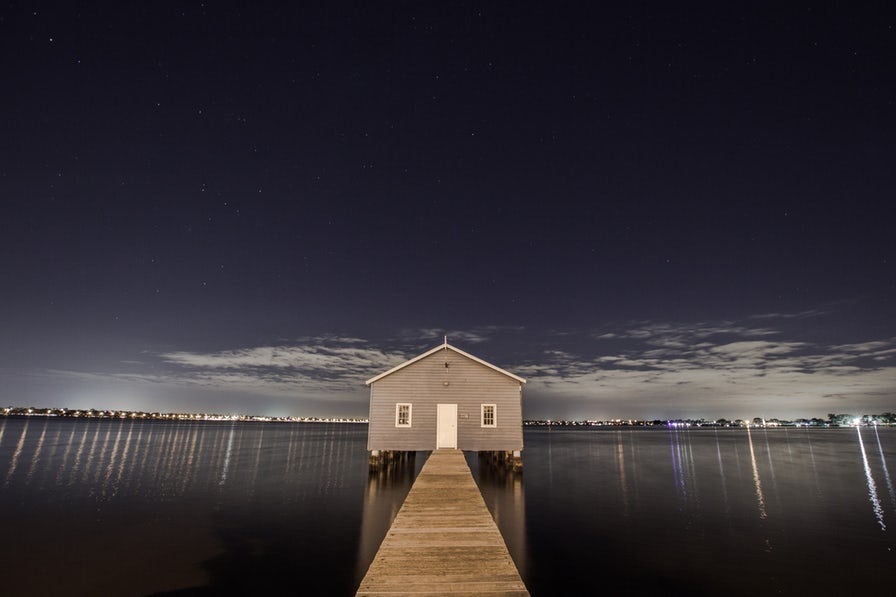
Situated retreats
How are residencies implicated in all of this? May residencies in their role as retreats hold particular potential in the formation of cosmopolitics for the future in the field of contemporary art.
Retreat is defined as – an act of withdrawing from what is difficult, dangerous or disagreeable; a process of receding from a position or state attained; a place of privacy or safety; and a period of group withdrawal for prayer, meditation or study. Retreat refers thus to a place and a time but also to an act. It may be considered as a state of being, a movement, or a particular moment inhabited. In similar terms residencies can be understood to be often intense experiences of isolation and self-reflection, yet all kinds of critical encounters also take place in residencies as retreats.
Residencies can be seen as active sites of transition and artists in residence as mediators, who move between and connect places and people, cultural contexts, site-specific and disciplinary knowledges, subjective and shared experiences. They gather and disseminate ideas and methods. They are challenged and influenced, while they also challenge and influence others, both in the everyday and professional interactions. They weave connections between the local and the planetary, both in their work and in their interrelations.
While residencies appear as nodes on a map of transnational circulation, they are always also located in specific contexts. They are sites, where local and global are intensely woven together and where so-called site-specificity has to be critically re-considered. In the era of advanced globalisation and climate change, each and every site is already deeply embedded in global processes. Their specificities only come into focus in and through relations to elsewhere. Moreover, site can be understood today as a situation, an event. It is not a backdrop, an object of study, or an environment to inhabit – rather, it is in ceaseless formation that we are all part of.
This calls for a shift in the understanding of site-specificity. Sensitivity to local particularities requires today critical positioning of the artist, curator or researcher engaging with it in the midst of the ongoing movement between places. We need to ask: What do these engagements do and leave behind? Who and what do they serve? Can they have any local impact or global effects beyond the value production in the sphere of the international art world?
Here it is worth stressing the significant difference between the circulation of people in residencies and the circulation of art works in the institutions, biennales, and art fairs, where the works often get uprooted: at best they allow for awareness of historical, present or emergent connections across the globe. But at worst they lose their capacity to communicate the subtle yet significant differences and feed into the dangerously simplified, monolithic visions of the world framed by the global market. When people move and meet all kinds of transformative encounters are indeed possible, but not guaranteed.
How and when do residencies truly allow for the commitment to critical reflection and openness for unexpected entanglements, for research and experimentation without predefined ends? What does it take to live up to the promise of residencies as retreats – from the pressures of production and even of political persecution; for artistic development rather than mere networking and cv-building; for cross-cultural dialogue and collaborations rather than “site-specific lite” productions for global circulation that exhaust local communities as resources?
Sensitivity to local particularities requires today critical positioning of the artist, curator or researcher engaging with it in the midst of the ongoing movement between places.
Cosmopolitics
This has led me to reconsider what cosmopolitanism and cosmopolitics may mean today. Nikos Papastergiadis has written recently on what he calls “aesthetic cosmopolitanism”, focusing on the significance of globally oriented contemporary art practices and their relationship to transnational social movements. He argues that a diverse range of locally rooted artistic practices today demonstrate a shared consciousness towards global issues. Yet they cannot be grouped together based on formal resemblances or on common cultural traditions. These practices, he claims, provide new grounding for the debates on the politics of globalization, the ethics of hospitality, and the culture of cosmopolitanism, as they create alternative models for cross-cultural dialogue.
Cosmopolitanism needs to be, furthermore, rethought as integrally connected with the complex and grounded realities of multiculturalism. They are “co-constitutive”, Papastergiadis argues. “Art has a role in both forging a specific knowledge of the world and initiating new modes of being in the world”, Papastergiadis writes (2012), and continues that art has a capacity to “not only capture a cosmopolitan vision of the world but also to initiate situations in which the artists and public participants are engaged in the mediation of new forms of cosmopolitan agency”.
Knowledge, visions, modes of being and forms of agency – these do not come easy. Rather, the challenge of cosmopolitanism is that it “requires a greater commitment towards openness” and, simultaneously, “an appreciation that differences really matter”. (Papastergiadis 2012)
This connects, in my mind, to the thinking of Isabelle Stengers on cosmopolitics. The combined challenge of radical openness and irreducible differences resonates with the call by Stengers to be attentive to all those who have a stake and will be affected by political decisions: “Cosmopolitics means that politics should proceed in the presence of those who will bear the consequences, not only of “humans” who will be the victims of political decisions, but of the multiple divergent worlds they belong to.” (2016) This concerns the ecological urgency to expand the notion of community and the ethics of co-dependence beyond the human. There are no quick fixes here, no universal solutions, transcendent common interests, or mutual understandings. This means facing and addressing “wild divergence” that cannot be tamed by “reducing it to problems of communication”. (Stengers 2016)
Cosmopolitics, in these terms, requires slowing down, Stengers argues. Yet the call for slowness is radical in today’s project and attention economy. It may also appear deeply problematic in the face of the urgencies and multiple crises unfolding in front of our eyes at a terrifying pace. But if it is considered in terms of what Donna Haraway has recently called “staying with the trouble” (2016) it seems to me undeniably necessary, especially in the field of the arts and critical thought, to situate oneself: To reflect on and to articulate what means and aims, affiliations and affinities guide one’s practice and how?
Transformative encounters require critically situated practices – and not just of the artists but also of curators and others working in and shaping the institutions of art. This implies being accountable and attentive for where one stands: the complex interdependencies with their entangled histories and futures that form the ground under one’s feet and thought. This deep implication of our practices within the wider processes of transformation is not a cause for paralysis, but rather a source of agency. We can affect change.
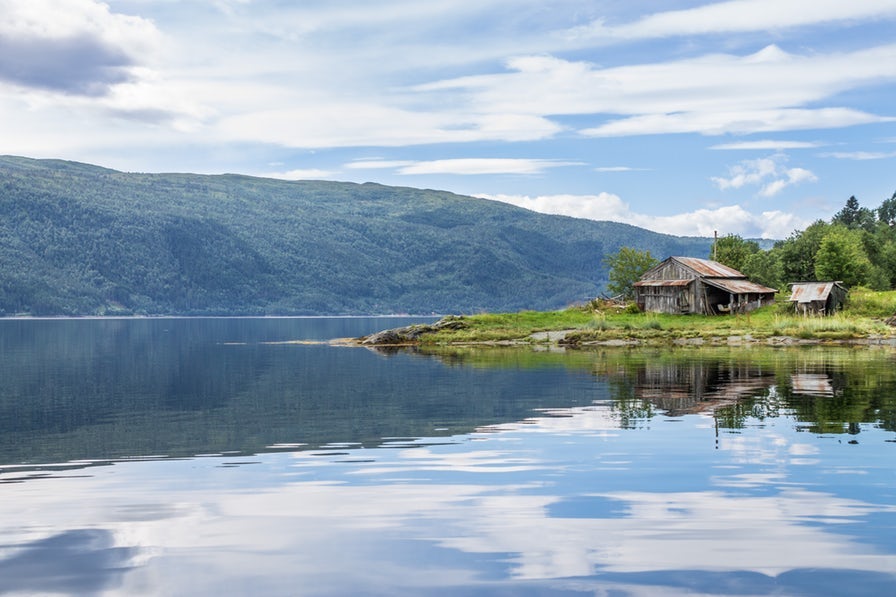
Response-abilities
Critically situated practices demand the nurture of response-ability, as Haraway argues: “To hold in regard, to respond, to look back reciprocally, to notice, to pay attention, to have courteous regard for, to esteem: all of that is tied to polite greeting, to constituting the polis, where and when species meet.” (Haraway 2008)
Yet, why should this involve any further travel? After all, globalisation has opened up networks that allow for new modes of exchange, global resistance and movement building to take place. Is travel still significant, and if so, why? Can it work against the formation of detached bubbles and populist polarisations that the very same online media and platforms have nurtured?
For example, Brexit in the UK taught us that the strongest opposition to immigration was often in the areas with least immigrants. Meanwhile, ecological awareness at the time of climate change requires that planetary perspectives are also grounded and responsive to irreducible specificities of local ecosystems. Here further knowledge and access to information is not enough, as many frustrated climate scientists are saying today. We do need more multidisciplinary information and better tools for negotiation, yet we also need tools for transition. We seem to be running out of time, and of ideas. Art has a significant role to play here, I believe. As Timothy Morton writes:
Art is thought from the future. Thought we cannot explicitly think at present. Thought we may not think or speak at all. If we want thought different from the present, then thought must veer towards art.v
Morton 2016
As retreats residencies may act as laboratories for situating and re-grounding ourselves in this turmoil – with a focus not only on what but also on how we practice – as artists, curators, institutions. International artist residencies can offer safe spaces for hospitality, generosity and sharing rather than ever-increasing competition for survival. They also make us question, what it means to be offered temporary residence today? This comes with promises, possibilities and responsibilities. After all, many do not have the privilege to be hosted and given residence while also being able to return back home when the time is up. To be a resident calls for us to think of how to be other than a tourist consuming novel experiences and environments, or an explorer in search of new resources to extract, or an introvert hermit momentarily retreating to wherever elsewhere?
Travel may not always mean long geographical distances – such as in the case of residencies that today work as local support structures for precarious artists, for example in London, or residencies outside of art institutions, hosted by universities, community initiatives, even corporations. Retreat may then be a withdrawal from some kind of action and interaction, but simultaneously a dynamic activation of other modes of experience and experimentation: not necessarily literally retreating from the centre – from cities or structures of the art world – but radically challenging the very notion of the centre – through retreat from traditions of thought or habitual patterns of practice.
Slowing down may then actually be an acceleration or intensification of our critical and creative capacities of response – of “response-ability”. It calls for experiments with forms and formulations of community, collectivity, and co-existence that work to break with institutional hierarchies as well as all gendered, racialised, and naturalised power dynamics. To support this, institutions have to become accountable for their blind spots and exclusions. They need to commit to the development of more inclusive practices across those borders that are being reinforced around and between us right now – between cultures and peoples, between disciplines and modes of knowledge, and between individual practices and collective processes.
Meanwhile the sense of emergency should not lead to a fear or dismissal of complexity and opacity. Rather, with an acute attention on the always partial positions and perspectives, the insistence on the diversity of discourses and the embrace of epistemological multiplicity does not have to add up to post-factual relativism. Quite the contrary, to take time to do the necessary hard work of situating our practices in the face of the multiple intertwined urgencies today can allow us to challenge the bubbles of alternative facts.
Or, in the words of Toni Morrison (2016): “This is precisely the time when artists go to work.”
Footnotes
- [i] See e.g. Centrifugal network
- [ii] Residencies Reflected symposium
- [iii] Frontiers in Retreat
Bibliography
Demos, T. J. (2016) Decolonizing Nature. Contemporary Art and the Politics of Ecology. Berlin: Sternberg Press.
Guattari, Felix (2000) The Three Ecologies. London: Continuum.
Haraway, Donna (2016) Staying with the Trouble. Making Kin in the Chthulucene. Durham & London: Duke University Press.
Haraway, Donna (2008) When Species Meet. Minneapolis: University of Minnesota Press.
Morrison, Toni (2015) “No Place for Self-Pity, No Room for Fear” in The Nation’s 150th Anniversary Special Issue. New York: The Nation.
Morton, Timothy (2016) Dark Ecology. For a Logic of Future Coexistence. New York: Columbia University Press.
Papastergiadis, Nikos (2012) Cosmopolitanism and Culture. Cambridge: Polity Press.
Stengers, Isabelle (2016) “The Challenge of Ontological Politics” conference paper at The Insistence of the Possible (Goldsmiths, University of London, 18.-19.5.2016).





